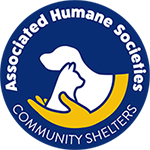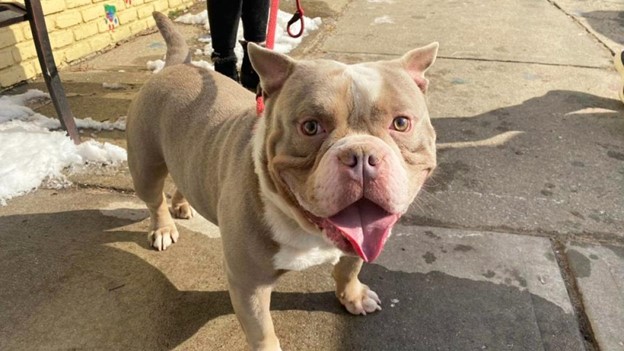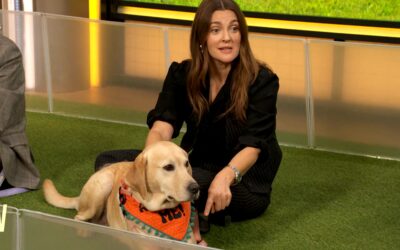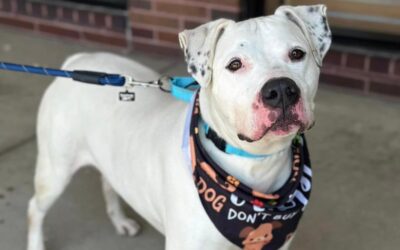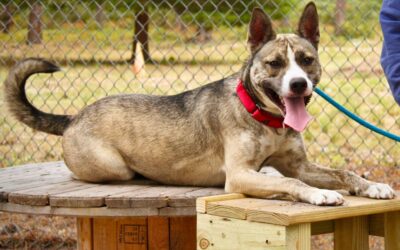After years of challenges, Associated Humane Societies achieved a 91% save rate in 2021.
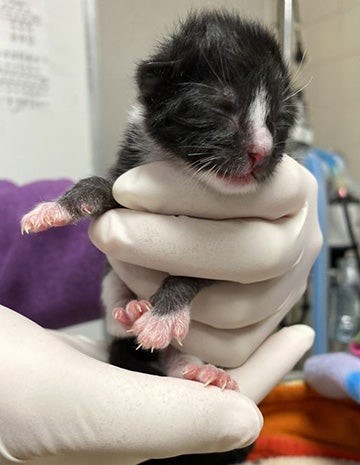
Prior to November of 2020, a cat with feline leukemia like Hastings likely wouldn’t have had a chance of being adopted from the Newark location of Associated Humane Societies (AHS). And Dallas, an excitable low-rider pit-bull-terrier-like dog, probably would have blended in with the rest of the larger breed canines needing homes in the overcrowded shelter. It’s quite possible neither of them would have made it out alive. But that was then, and this is now.
It’s been a year and a half since Jerry Rosenthal took on the role of CEO for AHS, which comprises three facilities throughout New Jersey. When he was offered the job, the organization’s locations in Popcorn Park and Tinton Park were in good shape but the same couldn’t be said for the Newark facility.
So far, so good. AHS ended 2021 with an overall save rate of 91%. Animals like Lila and Dallas are regularly heading to new homes. And the Newark facility is on track to becoming the kind of shelter the community can be proud of.
Big changes, lives saved
In the past, the shelter’s ineffective leadership, low staff morale and lack of progressive programs damaged its credibility with the public. The shelter itself is also outdated, has small kennels and is located in a rough, unappealing neighborhood.
“The Newark location had a checkered history,” says Jerry, who previously served in New York as president and CEO of Monmouth County SPCA and executive director of Southampton Animal Shelter Foundation. “In a population where 28% live in poverty and 11% are unemployed, that meant the residents weren’t getting the help they desperately needed,” he says. “These are people who often can’t keep their pets (because) they can’t afford medical care or face difficult life circumstances.”
It meant that a disproportionate number of people in the community had no option but to relinquish their beloved pets to the facility because they just didn’t have the resources to take care of them. That led to overcrowding, disease and a high euthanasia rate. Unfortunately, that’s hardly an unusual situation.
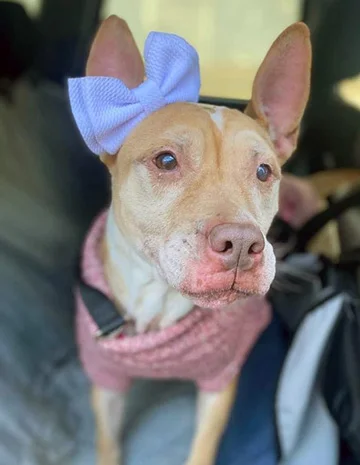
“What AHS was facing in Newark is not unique in any way,” says Jane Guillame, executive director of People for Animals, Inc. (PFA), a low-cost spay/neuter clinic also located in the city. “There are lots of other organizations going through similar circumstances, with communities that don’t believe the promises anymore because they’ve never turned into something meaningful.”
[Animal stories to fill you with hope]
Both Jerry and Jane strongly believe in the role of animal shelters as community resources, and they agree that no shelter has needed more help than Newark. Jerry also knew that if he combined his expertise with help from PFA and the Best Friends Network, he could turn things around.
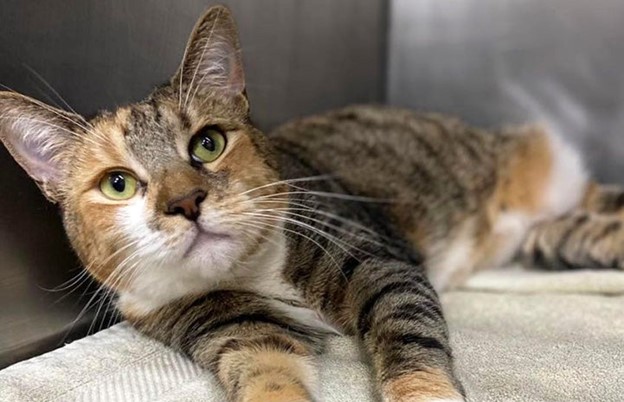
Priority No. 1: reducing shelter overcrowding
Jerry’s first task in Newark was to address the shelter’s overcrowding issue. “We were at max capacity with 150 dogs, but we also had 500 cats, way over our space limit of 300 for cats,” he says. “There were cages set up in the hallways and disease was rampant.”
His first move was to bring in a team from PFA to help. Since the organization had a long history with AHS and Jane had a similarly lengthy relationship working with Jerry, the choice was a no-brainer.
“We were thrilled to help, so we sent over a team of technicians to examine all the animals and separate the sick from the healthy,” Jane says. “Our team also trained staff responsible for animal care and cleaning how to identify medical issues before they become bigger problems.”
Jerry agrees: “Such staff members are extremely valuable because they are the ones most familiar with the animals. If we are going to get disease under control, they have the most opportunities to see who’s eating or who has nasal discharge, and make sure those observations are communicated to the medical staff.”
Next, Jerry concentrated on moving many of AHS’ adoptable animals out to other shelters. In addition to tapping into PFA’s network of clients, he contacted Audrey Lodato, senior strategist for Best Friends’ Northeast region.
[North Dakota shelter steps up to help others]
“I got on a call with him and we talked about how we could support his strategic plan,” says Audrey, noting that she also paid a visit to the shelter to offer some consulting help. “I was really impressed that Jerry set up his office in the Newark location because previous directors had their home base in one of AHS’ nicer facilities in Popcorn Park or Tinton Falls. I think his accessibility has made a huge impact.”
Audrey’s visit led to the AHS staff being trained by the Best Friends staff on how to use the open adoption process, as opposed to an outdated questionnaire approach.
“Open adoptions are really about jump-starting conversations with potential adopters, with a focus on making a good match,” Audrey says. “Comparatively, questionnaires use yes-no questions that screen out adopters for all kinds of reasons that might not even be accurate. For instance, many people reply that they will declaw their cat, but they mistakenly believe declawing refers to clipping the nails regularly ― not to a surgery that can mutilate cats permanently.”
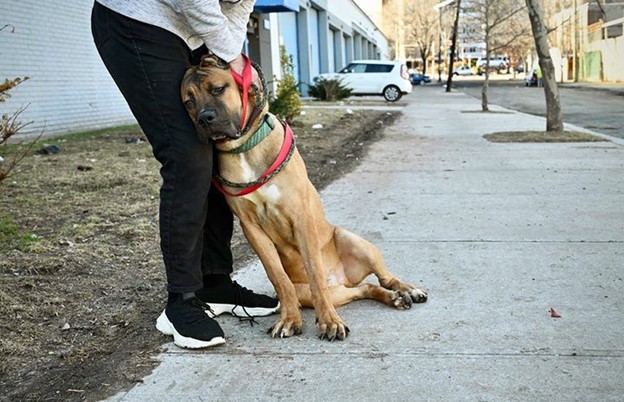
Additionally, Jerry enrolled in Best Friends’ Executive Leadership Certification program, the nation’s first university-endorsed executive leadership program with a focus on the top-level leadership skills needed to end the killing of pets in our nation’s shelters.
Now that AHS is out of the critical situation it was in when Jerry first came on board, the focus is on implementing progressive thinking about the population that many organizations find most challenging: cats.
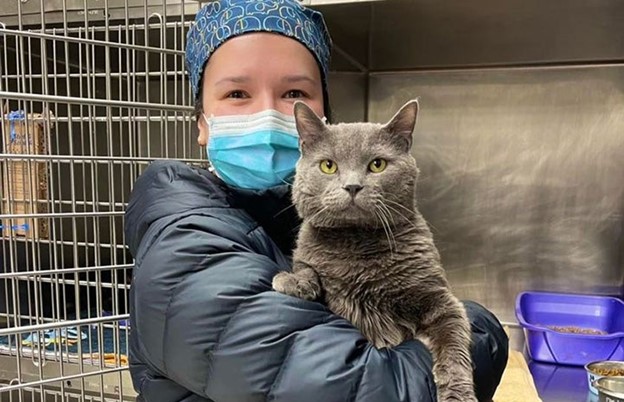
Next step: keeping cats in the community
When Audrey first began working with Jerry, she wasn’t surprised that Newark was overrun with cats. For starters, although AHS’ contracts with the city and county stipulate that they not pick up outdoor cats, officers were frequently doing so anyway.
“It’s very common to see way more cats in a shelter than it has resources for (since) that shelter is picking up every free-roaming cat and holding onto them,” Audrey says. “The concept of return-to-field, where healthy, thriving outdoor cats are trapped, vaccinated, spayed or neutered and returned to their original location, wasn’t happening at AHS because the shelter didn’t trust the community. No wonder the cages were full, and then some.”
Soon after taking the job, Jerry hired Emma Dolan as cat coordinator to manage the flow of cats through the building. Emma immediately took the Cat Lifesaving Certificate program offered by Best Friends to augment the many years of shelter experience she brought to the position. Meanwhile, PFA sent its cat manager, Michelle Brodbeck, to AHS to help train animal protection officers about this new approach to managing felines.
Having previously worked on Best Friends community cat programs at Animal Care and Control Team of Philadelphia and Jefferson Protection & Animal Welfare Services, Michelle was particularly helpful in teaching the officers how talk to people and solve neighborhood kitty problems that didn’t involve those cats being taken into the shelter.
“AHS has made a ton of progress with all of these programs, which were embraced by the staff and volunteers,” Jerry says. “Today, our shelter houses only 120 dogs and 150 cats ― much more in line with our available resources. Now we can turn our attention to the future, when we will reopen the wellness center within the Newark facility that’s been closed since 2016. We also will create a community resource center so that we can finally provide people with what they need to support them and their animals.”
Even without those developments, AHS is working hard to provide the public with what is needed to keep animals at home and not in the shelter.
“Our goal is to keep animals, specifically senior dogs, in homes where they are already loved,” Jerry says. “Just recently we helped a senior pit bull named Lila, who came to us as an owner-surrender. We realized that her issues were thyroid and adrenal-related, and that with the proper medications she could live comfortably.
“We contacted her person, who was thrilled to bring her back home where she was already a cherished member of the family. We will continue to provide her with the necessary medication and monitor her health as she lives happily in what has been her home for many years.”
Last but not least: engaging the public
Now that AHS is stabilized, Jerry can turn his attention to perhaps the most daunting part of his job: convincing the community that the Newark facility will continue to follow through on its commitment to change.
“My predecessors said the right things, but nothing ever came to fruition,” Jerry says. “That caused the public and the local rescue community to adopt a wait-and-see attitude toward us. We’ve done a lot since 2020 to prove ourselves to the community, and the association with national organizations like Best Friends and local ones like PFA has helped give us even greater credibility.”
[Once-abandoned mama dog gets new, fun, fabulous life on a farm]

Audrey knows firsthand that working with a well-respected national organization can help a shelter gain community support. “Best Friends is well-known and the public trusts us when we say something is the best way to save lives,” she says.
By working collaboratively and being willing to follow through with the promises he made, Jerry has created the kind of momentum necessary for AHS to reach that 90% goal and help more animals like Hastings, Dallas and Lila.
“Achieving success starts slowly, and it takes time to rebuild that credibility,” Jerry adds. “The whole community has been waiting and hoping for these changes, and people finally are seeing that we’re a different organization that we once were.
“So many shelters say (that) these kinds of programs, this kind of change won’t work in their communities. But if they work in Newark, they can work anywhere.”
